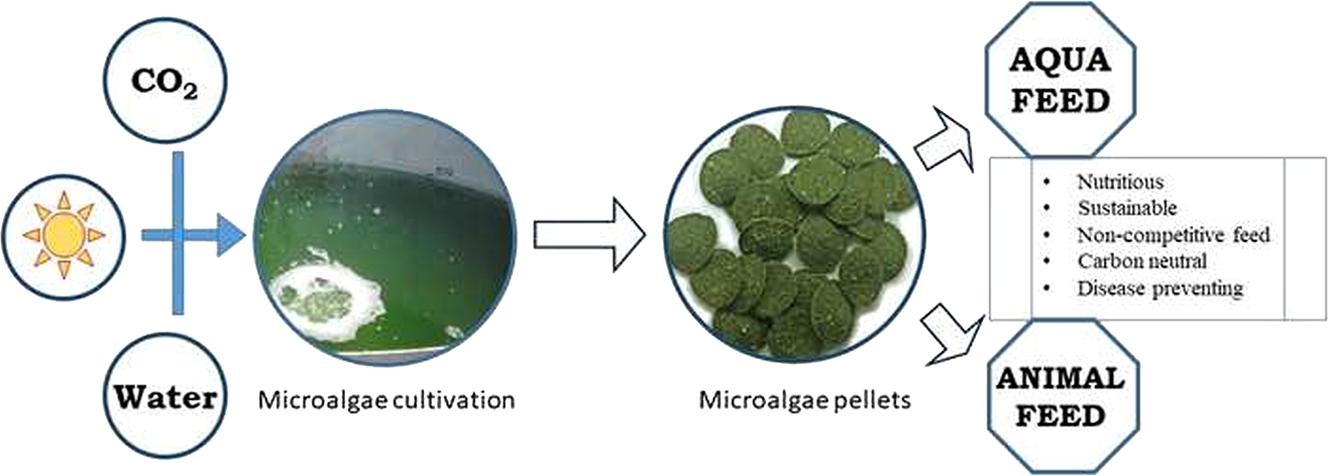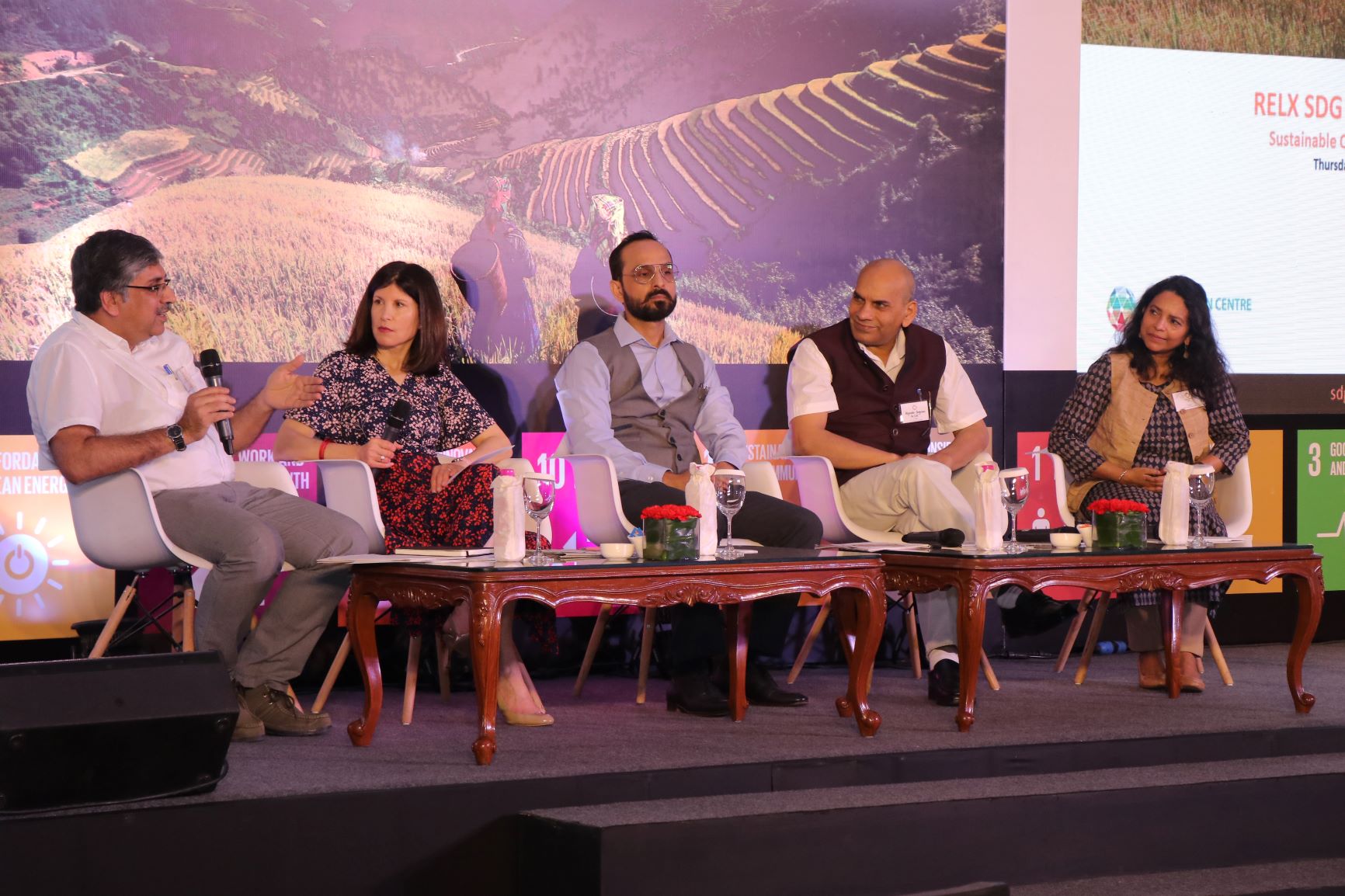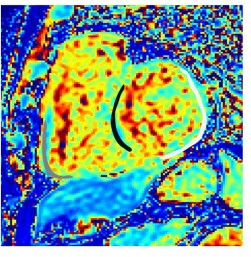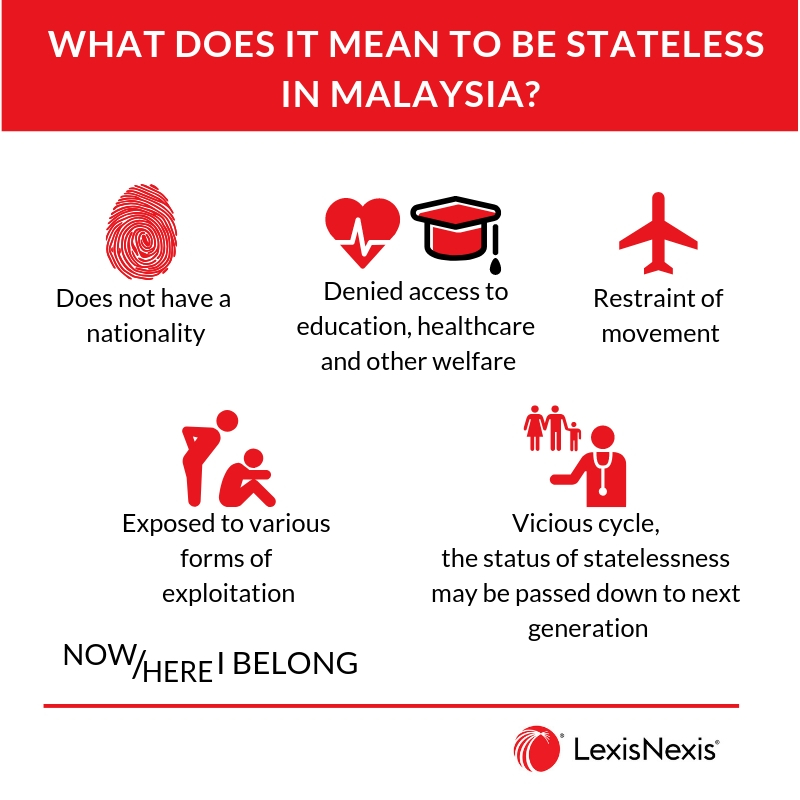Aquaculture and animal rearing for meat has increased exceedingly to meet the demands of ever-increasing population. Utilizing small fishes and agricultural products for feed production will lead to over exploitation of the resources and competition with food respectively. Microalgae can be next alternate source for animal and aquatic feed production in an environmentally sustainable and economically advantageous manner.
In 2019 RELX hosted an SDG Inspiration Day in Delhi to inspire scalable, collaborative action on the 17 SDGs, with particular emphasis on sustainable cities: SDG 11, critical to the rest. Watch videos of the speakers
Agricultural wastes are readily available in farming communities and can be utilised for off-grid electrification as an alternative to diesel generators. This work evaluates for the first time the life cycle environmental sustainability of these small-scale systems in the context of Southeast Asia. Rice and coconut residues are considered for direct combustion and gasification, and livestock manure for anaerobic digestion. Overall, anaerobic digestion is the best option for 14 out of 18 impacts estimated through life cycle assessment.
This study examines the relationship the extracellular volume fraction (ECV) measured using cardiac magnetic resonance (CMR) T1 mapping and cardiac events in symptomatic adults with tetralogy of Fallot (the most common form of cyanotic congenital heart disease). A correlation is found between right ventricular (RV) volume and ejection fraction (EF); with RV- and septum-extracellular volumes (ECV) in this disease. In particular, the combination of septum-ECV and RVEF was a useful predictor, compared to the use of a single CMR parameter. This study supports SDG 3 Good health and wellbeing.
Advancing SDGs 10 (reduced inequalities) and 16 (peace, justice and strong institutions), this video series focusses on the issue of statelessness in Malaysia.
This study supports SDGs 3 and 6 by identifying passive chlorination at the point of collection as an effective and scalable strategy for reducing diarrhoea in children and improving access to safe and affordable drinking water in a low-income urban setting.
This is a good review on how water pollution is having a impact of the public health of indiviuals in Bangladesh
Objective: To report various components of health system responsiveness among poor internal migrants who availed the government health facilities in 13 Indian cities. Materials and methods: Cluster random sampling was used to select 50,806 migrant households, of which 14,263 households avail the government health facility in last six months. In addition, 5072 women, who sought antenatal care and 3946 women who had delivery in government health facility during last six months were also included.
This event primarily focusses on SDG 9 (industry, innovation and infrastructure), exploring the technical and engineering challenges of addressing all 17 Sustainable Development Goals.
The 2030 Agenda for Sustainable Development is ambitious and inclusive, but how well are these global aspirations likely to result in implementable policy change for water and sanitation? This article assesses governance challenges at the local level associated with Sustainable Development Goal (SDG) 6, which pledges to ensure sustainable water and sanitation for all. The majority of developing countries manage services at the subnational level, making the quality of local governance the key ingredient for improvements in the sector.





